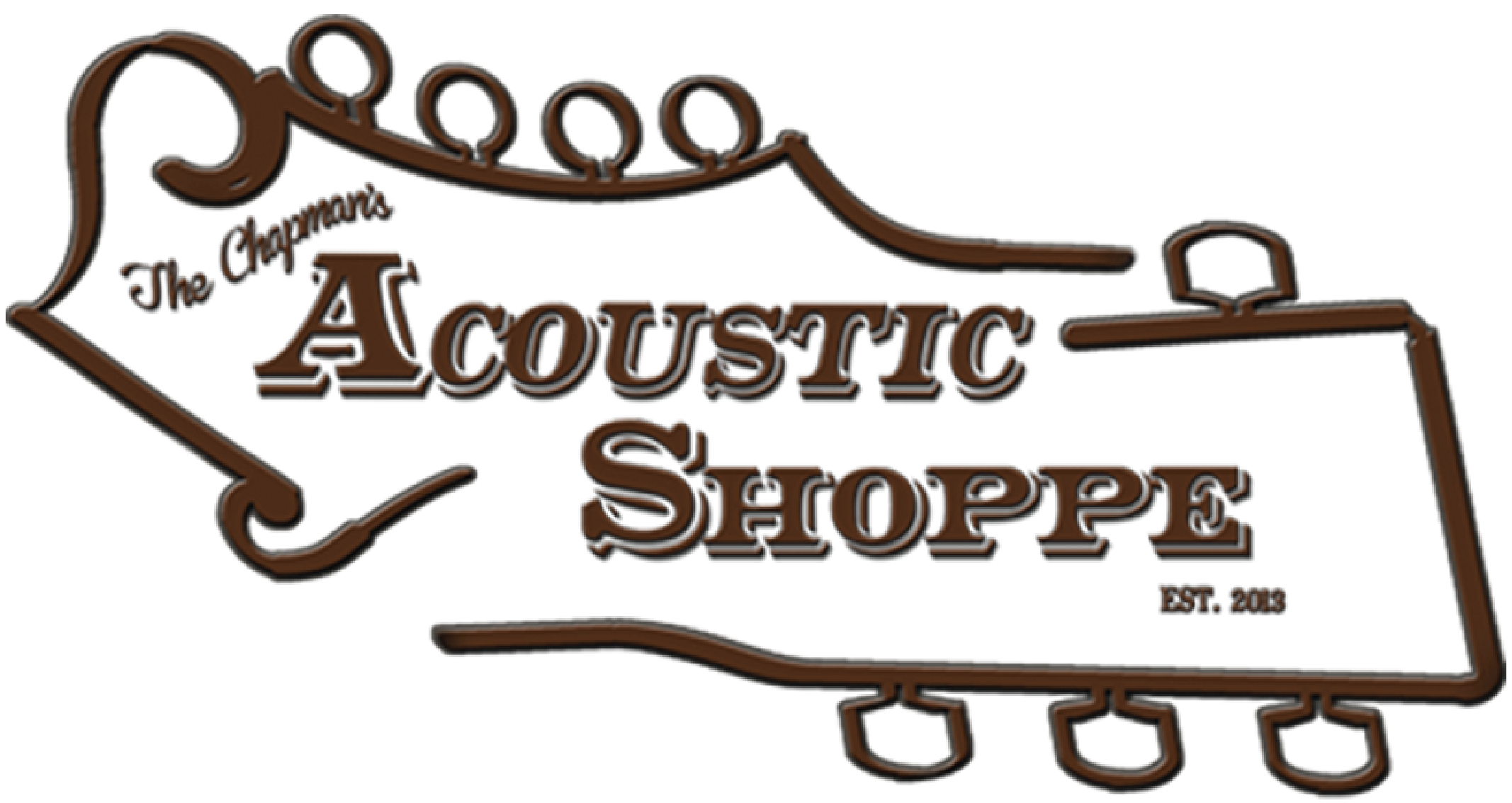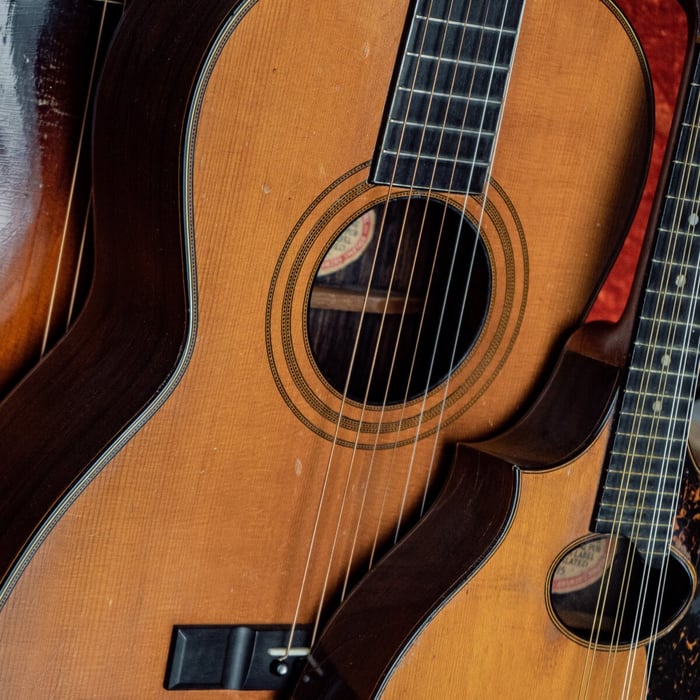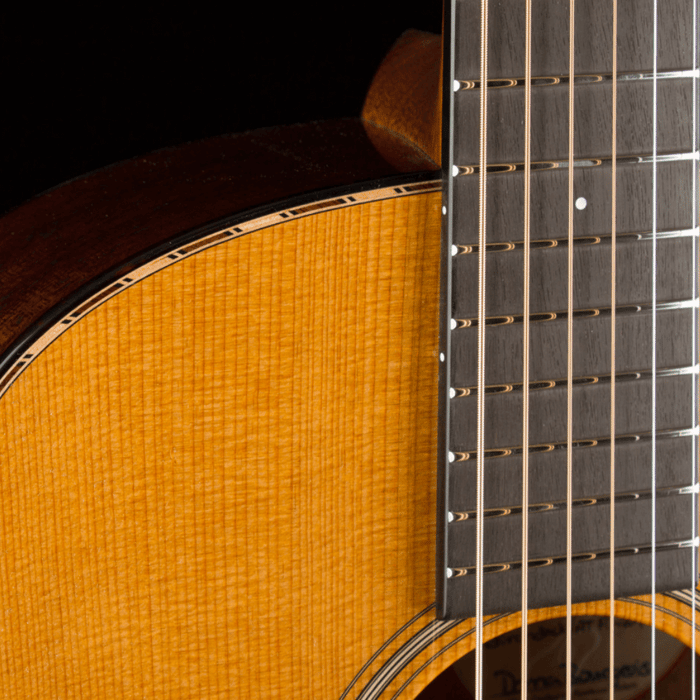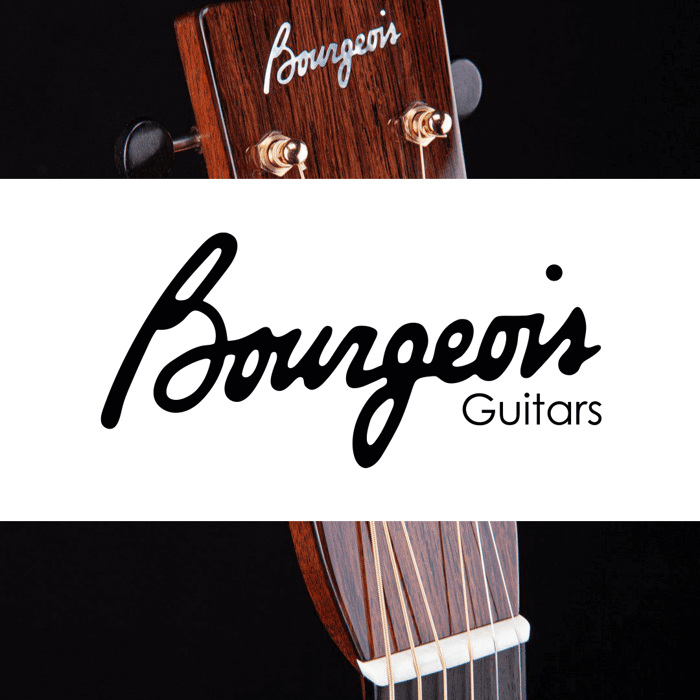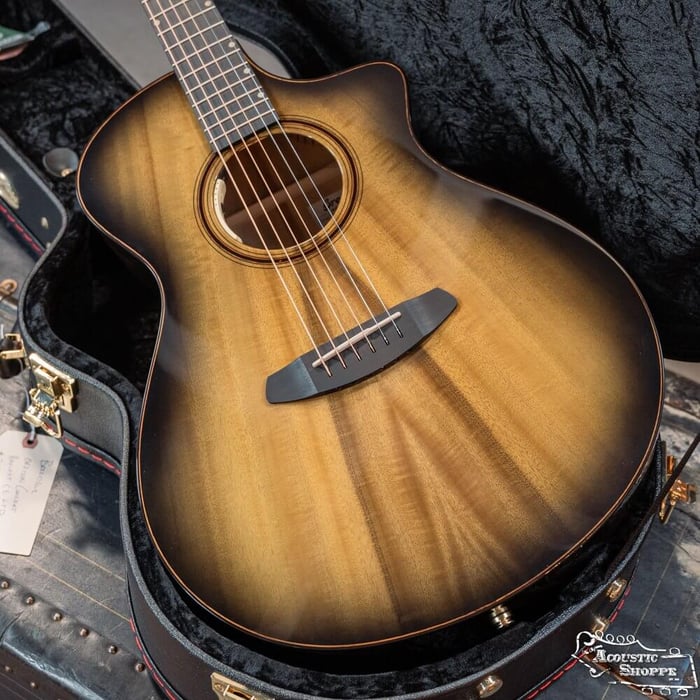For many guitar players, the choice of strings is as important as the choice of guitar. It’s important to find the right set of acoustic guitar strings that caters to your playing style and desired tone. With so many options available, however, choosing strings can be overwhelming. We will walk you through the options and offer some advice based on your preferences!
What’s it made of?
The first factor you should consider in choosing acoustic guitar strings is the type of metal it is made out of. String makers have used a large variety of materials to make acoustic guitar strings over the past century, but the most common ones found today are Phosphor Bronze, 80/20 Bronze, Nickel Bronze, Monel, and Silk blends.
For many, Phosphor Bronze is the go-to set. It is favored because it tends to produce a warm and full sound that slightly enunciates the low-end. Made from 92% copper and 8% bronze, these strings are none for their balance and consistency.
The other most popular string material is 80/20 Bronze, which is composed of 80% copper and 20% bronze. The higher bronze percentage results in a more significant “attack” response from the strings, a brighter tone overall, and a clearer treble response.
A not-so-distant cousin of 80/20, Nickel Bronze is another material that tends to bring bright tones to your acoustic and is ideal for fingerpicking, bluegrass, or similar genres. D’Addario describes the composition of Nickel Bronze as such: “nickel-plated phosphor bronze wrapped onto a high carbon NY steel core”.
The most common string material in the 60’s, 70’s, and 80’s, Monel is made using primarily nickel and copper (no bronze!). After Monel was first created in 1901, it was soon used as an alternative to “Catgut”, the animal-intestine material that many string makers were making at the time. Tonally, Monel is incredibly mellow and warm, without much attack. It is often described as the most “vintage” tone.
Often described as a hybrid of steel strings and nylon strings, Silk-blended strings are soft, bendable, and warm (depending on which metal it is blended with). Silk & Steel is most like a classical guitar in it’s playability and tone. Silk & Bronze leans towards the normal metallic overtones of steel strings with a mix of softness and easy control. All silk strings are made with ball ends so you can put them on virtually any guitar!
What string gauge is right for you?
When looking at a set of strings, the first number shown is the lightest gauge, the high E, the second number after the dash is the heaviest string, the low E (for example, a light set is 12-53). There didn’t used to be so many options for gauges, but now the consumer can choose from 10-47 all the way to 14-59. The most common string gauges are light (12-53) and medium (13-56). The most important thing to consider when choosing strings gauges is to determine what you’re looking for: ease of playing or overall volume. The lighter the strings, the easier to play, but you will lose projection.
Lighter strings are coveted by fingerstyle players for their bendability (and they are easier on your right hand fingers). Medium strings are great for strumming, flat-picking, and anyone who wants to really rock out on their acoustic guitar. Heavy strings are very rare and most manufacturers no longer make them. The best use for heavy strings is if you’re wanting to play in lower tunings as it eliminates buzz much better.
Disclaimer: do not put heavy strings on small body guitars, vintage guitars, or any guitar that is not structurally sound.
Coated or Non-coated?
Coated strings come with two major perks: they last twice as long as uncoated strings and they feel slicker and easier to play. The first brand to successfully sell coated (or treated) strings is Elixir. Experimenting with a chemical called polytetrafluoroethylene (PTFE for short), Elixir created the world’s first coated string in 1995. Soon after, every major string brand noticed the potential and began to come up with their counterparts to this new technology. The most notable brands for coated or treated strings are Elixir, D’Addario, Cleartone, and GHS.
Elixir offers two distinct coating types for acoustic strings: Polyweb and Nanoweb.
- Polyweb strings are made with a thick coating of PTFE, making them “warm, slick, and fast”. PROS: great playability, control, less pain to the fingers, reduces finger squeaking, warm tone. CONS: the PTFE will flake over time, are sometimes described as feeling oily, and they tend to numb the tone of the steel strings because of the thick coating.
- Nanoweb strings are made with a thin coating of PTFE and are described as “rich, full, and smooth”. PROS: will only feel slightly slicker than a non-coated string, won’t flake, brighter tone. CONS: slightly numbs the tone of the steel strings, doesn’t reduce finger squeaking.
D’Addario recently jumped on the opportunity to replicate Elixir’s coated strings (the patent for PTFE expired), but are catering to the players that don’t like the slickness of Elixir strings.
- D’Addario XT strings are described as having “extended life” but the same feel and tone of a non-coated string. Utilizing Elixir’s process of treating the entire string, XTs are created with the purpose of reducing dampening, the unfortunate tonal characteristic of treated strings.

Cleartone strings are described as “treated” instead of coated, because they don’t just put PTFE on top of a nickel and bronze string, they treat each component before it is assembled. The result is a string that lasts “5x longer” and won’t flake.
- As well as marketing a long-lasting string, Cleartone Treated Strings are said to be “36% louder” and have “48% sustain”. Every component of their Phosphor Bronze and 80/20 Bronze sets are made in their factory in Los Angeles, CA, unlike GHS and Elixir which get components from D’Addario in NY.
- Cleartone also offers a unique string set called Cleartone EQ, which blends different allows into a single set to produce a tone that “mimics the perfect EQ setting”.
GHS Strings take this process a step further by throwing out the concepts of coating and treating altogether and instead just freezes their strings.
- GHS Americana Series strings are cryogenically frozen to enhance the tone and help them last longer. GHS excels at strings that cater to genres like Bluegrass, Country, Folk, and Blues, so their Americana sets are created with those tones in mind.
What strings should I use for my style of music?
What strings should I use for Fingerstyle?
What strings should I use for Strumming?
- D'Addario EJ17 Phosphor Bronze Medium
- D'Addario XTAPB1356 Phosphor Bronze Medium
- GHS S335 Phosphor Bronze Medium
- Cleartone 7813 EQ Hybrid Metal Medium
What strings should I use for Flatpicking/Bluegrass?
- D'Addario EJ19 Phosphor Bronze Custom Bluegrass
- GHS Americana Phosphor Bronze Medium
- D'Addario NB1256 Nickel Bronze Light Top / Medium Bottom
What strings should I use for Folk?
- Martin MM13 Monel Medium Light
- D'Addario EJ16 Phosphor Bronze Light
- D'Addario NB1253 Nickel Bronze Light
- Martin MA130 Silk & Steel
What strings should I use for Alternative/Rock?
